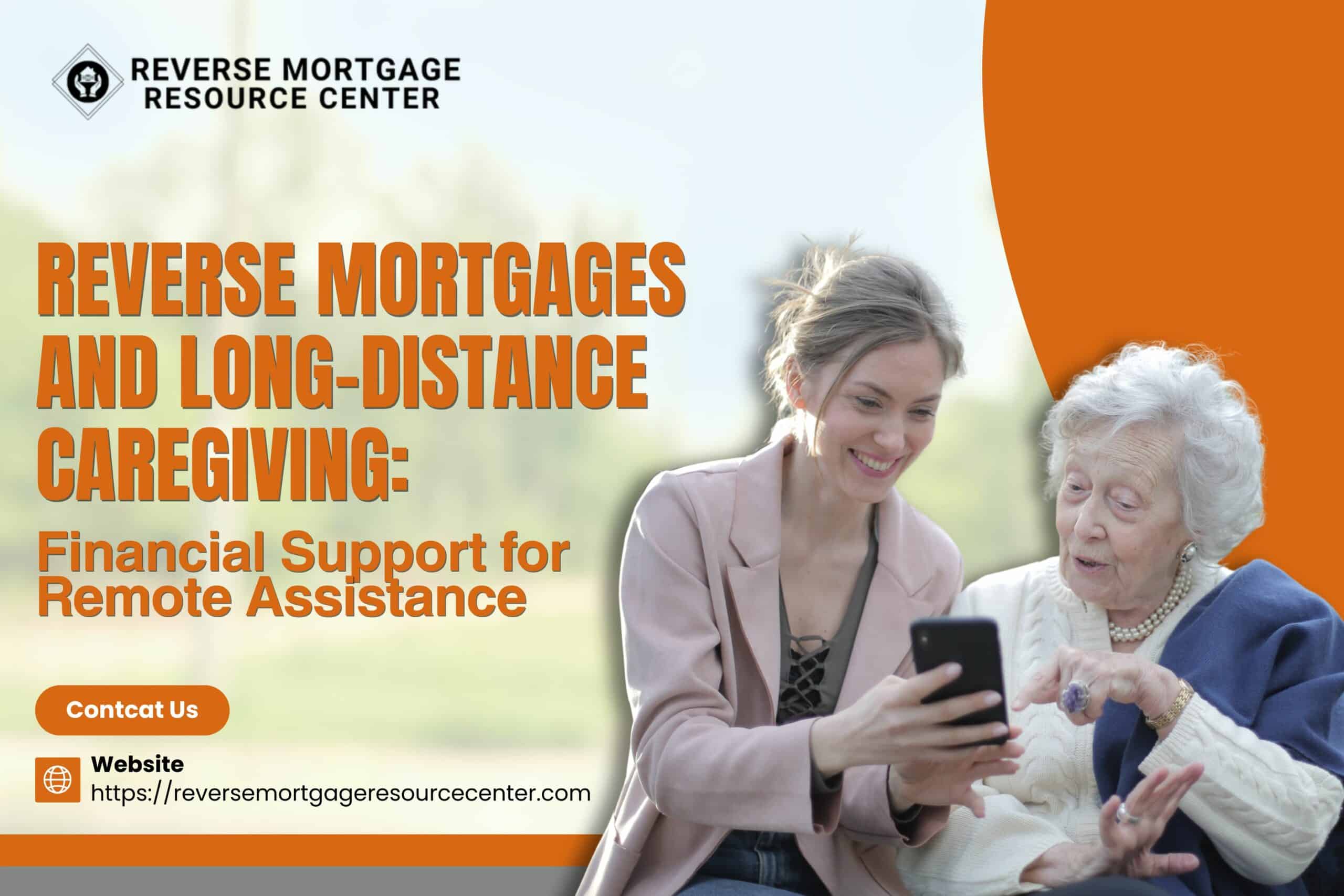Reverse Mortgages and Long-Distance Caregiving: Financial Support for Remote Assistance
In an era where families are often scattered across cities, states, and even countries, caring for aging loved ones from a distance has become a common challenge. Long-distance caregiving presents unique obstacles, particularly when it comes to providing financial support for the necessary assistance. However, amidst these challenges, there is a financial tool that can alleviate some of the burden: reverse mortgages. This article aims to explore the intersection of reverse mortgages and long-distance caregiving, offering insights into how seniors can leverage this financial instrument to facilitate remote caregiving arrangements.
Understanding Long-Distance Caregiving
Long-distance caregiving occurs when individuals are unable to provide direct, in-person care to their aging relatives due to geographical constraints. This scenario often arises when adult children live far away from their elderly parents, making it difficult to provide the necessary support and assistance on a regular basis.
One of the primary challenges of long-distance caregiving is coordinating care from a distance. This includes ensuring that seniors have access to essential services such as medical care, transportation, and household assistance. Additionally, long-distance caregivers must navigate financial matters, such as managing expenses related to healthcare, home maintenance, and daily living.
The Role of Reverse Mortgages
A reverse mortgage is a financial product that allows homeowners aged 62 or older to convert a portion of their home equity into readily accessible funds. Unlike traditional mortgages, where the borrower makes monthly payments to the lender, reverse mortgages provide homeowners with a consistent flow of funds, or a one-time lump sum disbursement, depending on the terms of the loan. The loan is repaid when the homeowner moves out of the home or passes away, typically through the sale of the property.
For seniors who own their homes outright or have substantial equity built up, a reverse mortgage can be a valuable financial tool, especially in the context of long-distance caregiving. By tapping into their home equity, seniors can access funds to cover a variety of expenses associated with aging in place and receiving remote assistance.
Financial Support for Remote Caregiving
One of the key benefits of reverse mortgages in the context of long-distance caregiving is the ability to finance the cost of in-home care services. Whether it’s hiring a caregiver to assist with daily activities, arranging for transportation to medical appointments, or making modifications to the home to accommodate aging in place, the funds from a reverse mortgage can provide much-needed financial support for seniors and their caregivers.
Moreover, reverse mortgages can help alleviate the financial strain on adult children who may be assisting with the cost of their parents’ care from a distance. By allowing seniors to access their home equity, reverse mortgages enable families to share the financial responsibility of caregiving, ensuring that aging loved ones receive the support they need while preserving the assets of the family.
Tips for Navigating Long-Distance Caregiving with Reverse Mortgages
For seniors and their families considering a reverse mortgage to support long-distance caregiving arrangements, it’s essential to approach the decision with careful consideration and planning. Here are some tips to help navigate this process:
- Evaluate Your Financial Situation: Before pursuing a reverse mortgage, assess your current financial situation, including your home equity, expenses, and long-term care needs. Consider consulting with a financial advisor to determine if a reverse mortgage is the right option for you.
- Understand the Terms and Costs: Familiarize yourself with the terms and costs associated with reverse mortgages, including interest rates, fees, and repayment requirements. Make sure you understand how the loan will impact your finances both now and in the future.
- Explore Alternatives: While reverse mortgages can provide valuable financial support, they may not be the best option for everyone. Explore alternative sources of funding for long-distance caregiving, such as savings, investments, insurance policies, or government assistance programs.
- Communicate with Family: Keep your family members informed and involved in the decision-making process. Discuss the implications of a reverse mortgage on your estate and inheritance plans to ensure that everyone is on the same page.
- Seek Professional Guidance: Consider seeking guidance from professionals who specialize in reverse mortgages and long-distance caregiving, such as financial advisors, elder law attorneys, and geriatric care managers. They can provide personalized advice and assistance tailored to your specific needs and circumstances.
- Research Lenders: Not all reverse mortgage lenders are the same. Take the time to research different lenders and compare their offerings before making a decision. Look for reputable lenders with transparent terms and favorable interest rates.
- Plan for the Future: Think about how a reverse mortgage fits into your long-term financial plan. Consider factors such as your expected lifespan, potential changes in housing needs, and the impact on your heirs. A comprehensive plan can help you make informed decisions about your financial future.
- Stay Informed: Keep abreast of any changes or updates to reverse mortgage regulations and policies. Stay informed about your rights and responsibilities as a borrower to ensure that you are making the most informed decisions.
REVERSE MORTGAGE RESOURCE CENTER ~LIVE LIFE ON YOUR TERMS~
Our Lending Team has been serving our clients since 2004. We are passionate about serving our clients with integrity to help them achieve their financial goals.







